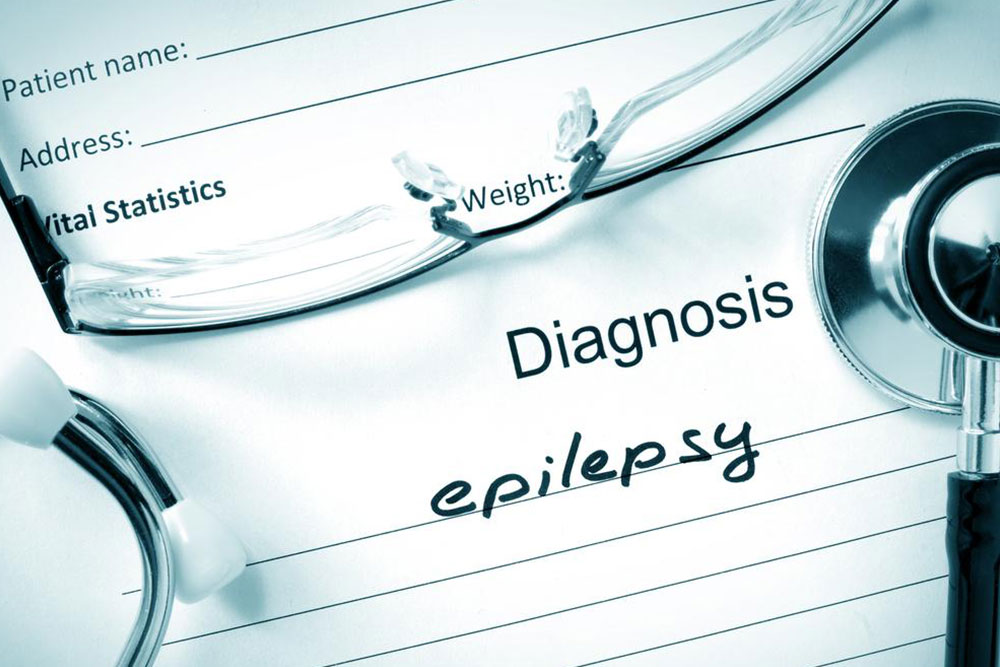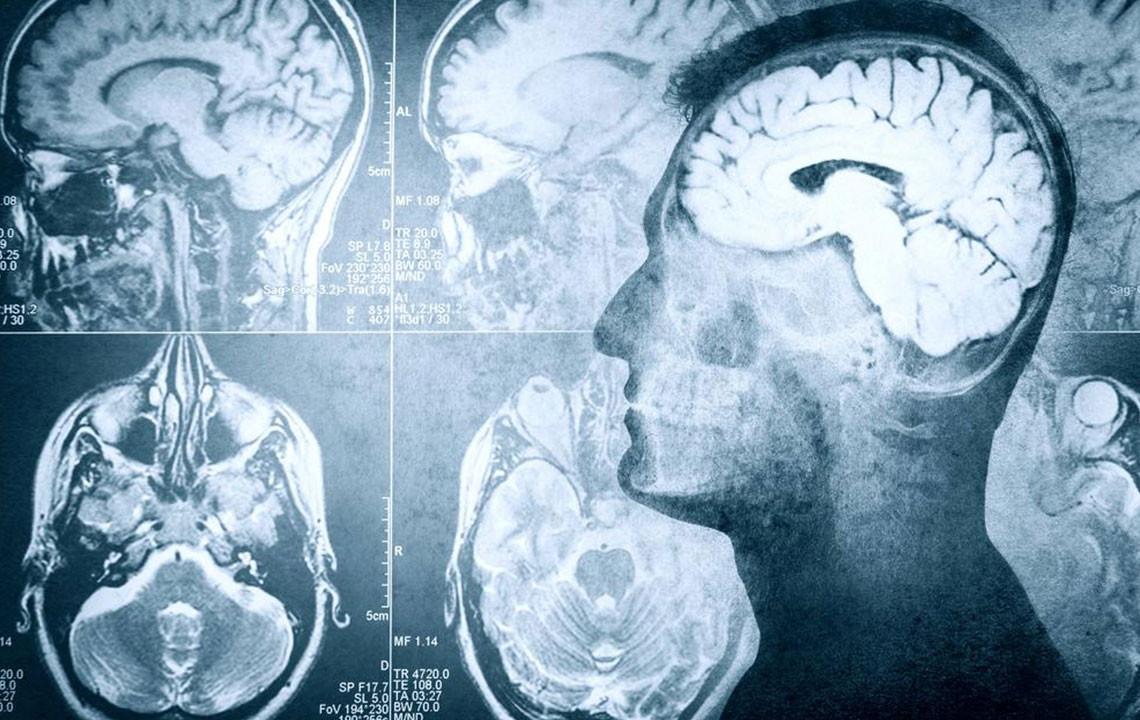Comprehensive Guide to Epilepsy: Essential Facts You Need to Know
This detailed overview of epilepsy covers its causes, symptoms, and management strategies, including medication, dietary therapies, and surgical options. It emphasizes the importance of accurate diagnosis and personalized treatment to improve quality of life for those affected by this neurological disorder.

Comprehensive Guide to Epilepsy: Essential Facts You Need to Know
Epilepsy is a complex neurological disorder that affects millions of people worldwide. Commonly referred to as a seizure disorder, epilepsy is characterized by recurrent, unprovoked seizures caused by abnormal electrical discharges in the brain. These seizures can vary in severity and type, impacting a person's daily life ranging from temporary confusion or strange sensations to full-body convulsions. Despite its prevalence, many people remain unaware of what epilepsy entails, leading to misconceptions and delays in diagnosis and treatment. This comprehensive guide aims to shed light on the key facts about epilepsy, its causes, symptoms, and the most effective management strategies to help individuals lead healthier lives.
Understanding the Nature of Epilepsy and Seizures
Epilepsy is fundamentally a neurological condition where the brain's electrical activity becomes abnormal, leading to seizures. A seizure is a sudden surge of electrical activity in the brain that temporarily disturbs normal functioning. It’s crucial to understand that not all seizures are caused by epilepsy. Seizures can result from other factors like high fever, trauma, infections, alcohol withdrawal, or other medical conditions. Therefore, distinguishing between episodic seizures caused by epilepsy and those resulting from temporary conditions is vital for accurate diagnosis and effective treatment planning.
The Distinction Between Seizures and Epilepsy
While seizures are a hallmark of epilepsy, having a seizure once doesn't necessarily mean a person has epilepsy. Epilepsy is diagnosed when a person experiences at least two unprovoked seizures separated by a seizure-free period. Unprovoked seizures are those that occur without any immediate trigger or identifiable cause. Understanding this distinction is important, as it influences treatment approaches and prognosis. For instance, a person who experiences a sudden seizure following head trauma differs significantly from someone with recurrent, unprovoked seizures indicative of epilepsy.
Medication is the Cornerstone of Epilepsy Treatment
The primary and most effective treatment for epilepsy involves medication known as anti-epileptic drugs (AEDs), or anticonvulsants. These medications work by suppressing abnormal electrical activity in the brain, reducing the frequency and severity of seizures. Choosing the right medication depends on the type of seizures, the patient’s age, overall health, and potential side effects. Since epilepsy has many forms and underlying causes are often unknown, proper diagnosis and tailored medication plans are essential for optimal seizure control.
Managing Epilepsy During Pregnancy
Pregnancy introduces additional considerations for women with epilepsy. While many anti-epileptic drugs carry some risks for fetal development, uncontrolled seizures pose significant dangers to both mother and baby. Therefore, careful medical supervision and personalized treatment plans are crucial. Healthcare providers may adjust medication dosages or explore alternative therapies to ensure both maternal health and fetal safety. Adequate prenatal care, regular monitoring, and open communication with healthcare professionals are essential for safer management during pregnancy.
Exploring Alternative and Adjunct Therapies
Beyond medications, several alternative and adjunct therapies have shown promise for managing epilepsy, especially in drug-resistant cases. Dietary modifications like the ketogenic diet—a high-fat, low-carbohydrate regimen—have been effective in reducing seizures, particularly among children who do not respond well to medication. Additionally, minor surgical interventions, such as implantation of neurostimulators similar to cardiac pacemakers, can help control seizures when medications are insufficient. These devices modulate abnormal electrical activity in the brain and have improved the quality of life for many epilepsy patients.
While surgical options are available, they are generally considered after thorough evaluation and are usually reserved for specific cases where seizures originate from a localized region in the brain. Regardless of the approach, the goal remains the same: to effectively control seizures, minimize side effects, and enhance patients' quality of life through a combination of drug therapy, lifestyle adjustments, and, when necessary, surgical procedures.
In closing, epilepsy is a manageable condition when properly diagnosed and treated. Advances in medical research continue to improve our understanding of the disorder, leading to better treatments and outcomes. Whether through medication, dietary therapy, or surgical intervention, individuals living with epilepsy can maintain active, fulfilling lives by working closely with healthcare professionals to develop personalized management plans.





